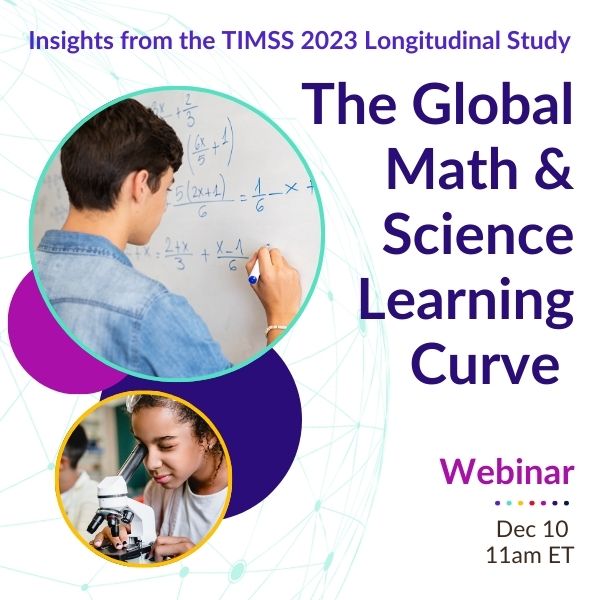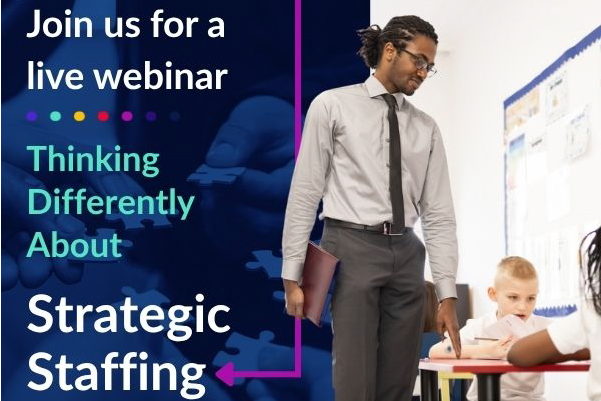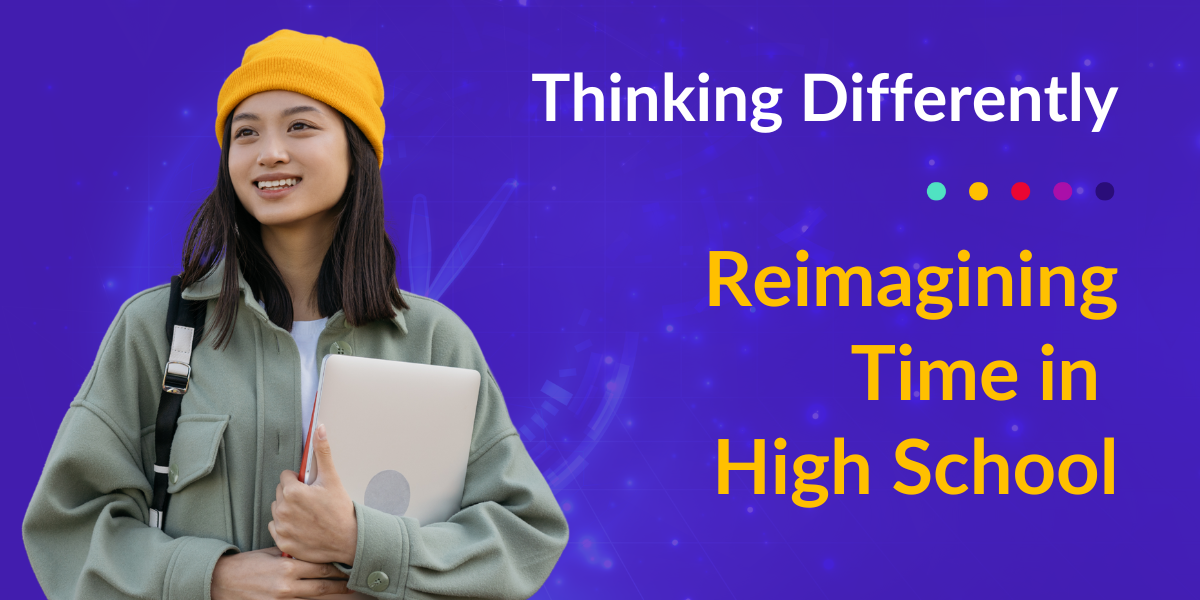The OECD’s Teaching and Learning International Survey (TALIS) offers the most comprehensive snapshot of teachers’ working lives around the world. In this webinar, Andreas Schleicher, OECD’s Director for Education and Skills, shared highlights from the new TALIS results with a focus on what they mean for U.S. schools and districts. Schleicher explored key themes emerging from this year’s survey, including:
- Teacher well-being and happiness
- Demographic shifts and classroom demands
- Autonomy, discipline, and working conditions
- Teachers’ use of AI in classrooms
- Mentoring practices and growth mindsets
We then turned to a panel of educators who offered reflections on how these global findings resonate with their own experiences in schools.
Teachers don’t just prepare students for graduation. They prepare young people for life. Their work shapes the future.
“I think the most significant finding of the survey is actually that most teachers in most countries are fairly happy with their job. They face a lot of issues, they face a lot of difficulties, but on balance, they believe it was a good choice to become a teacher.”- Andreas Schleicher
In his overview of the TALIS results, Andreas Schleicher, Director for Education and Skills at the OECD, explained that the data show a resilient profession. Even amid challenges like the pandemic, new technologies, and changing student needs, teachers’ overall sense of fulfillment has held steady.
Yet, Schleicher underscored that job satisfaction is less about pay and more about relationships and professional culture. Strong leadership, trust in school principals, and meaningful collaboration with colleagues and parents emerged as the biggest drivers of well-being. Teachers are most stressed not by teaching itself, but by administrative burdens and inequitable working conditions. This is especially true for new teachers who are too often placed in the most challenging schools and classrooms. He also pointed to widening gaps in preparation for emerging demands, from supporting diverse learners to navigating AI and hybrid learning. The findings suggest that valuing teachers is as vital as resourcing them.
Our panel of educators took up that thread of supporting teachers. Ashley Lamb-Sinclair, an award winning educator and author whose work with teachers across the country has given her particular insight into what great collaboration can look like, explained the key difference between mere cooperation and real connection,
“Connection is different, and if you look at the data, there was a long conversation in the data around relying on one another, around a collegial environment, a sense of trust…I think we have for too long leaned into cooperation and forgotten about that connection…People who do well at their jobs feel more connected to their school.”
Eileen Garza, who currently serves as the English Learner Teacher on Assignment for the Colton Joint Unified School District in California, supports educators across her district to strengthen their practice. She echoed this need for connection, especially for novice teachers who are often at risk of leaving the profession without the right supports:
“I think that building the community within this authentic collaboration gives the novice teachers that motivation, that empowerment to persist in their classrooms…Making them feel a part of the school, I think, creates that sense of belonging, so that when all of these difficult pieces arise…they feel more part of the school community.”
Leon Smith, a veteran high school social studies teacher of 25 years and the 2025 Pennsylvania Teacher of the Year, pushed this idea further as he noted the need for increased support staff in schools to help teachers who are called on to be more than instructors,
“When you enter the classroom as an educator, you’re not just a content expert, right? You’re a counselor, you’re a nurse, you’re a therapist, you’re a cheerleader. There’s so many different roles… Our students enter classrooms with a lot of needs, and so more personnel in the schools, I think, would be helpful in trying to address some of those barriers to learning.”
Noting that the United States was actually an outlier in the TALIS data, with a slight negative correlation between teacher collaboration and job satisfaction among U.S. teachers, Schleicher explained that it may be because within U.S. schools, where the teaching load is exceptionally high compared to other education systems, teachers are not given the time and flexibility to collaborate in the ways that count:
“In a way, there is a lot of interaction among teachers in American schools, as these TALIS data show. But the type of connection or collaboration that actually leads to student engagement, that leads to teacher self-efficacy, that leads to or is at least correlated with teacher self-efficacy and teacher job satisfaction? That is quite rare.”
Watch the full video above or download the slides from Schleicher’s presentation. And don’t miss our next webinar Thinking Differently About Strategic Staffing. Based on the findings of our recent brief, we’ll explore ways that innovative education systems within the United States and across the globe are rethinking how they staff their schools in order to create the collegial, collaborative work environments where teachers, and their students, can thrive.




